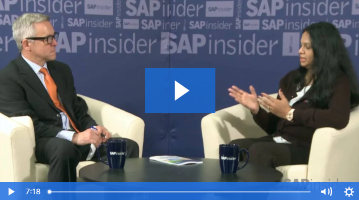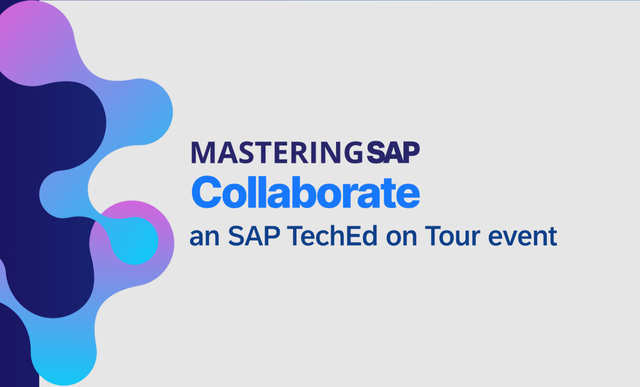How to Advance Payroll Processes in the Cloud with AspireHR
Meet the Authors
As HR teams are tasked with accomplishing an increasing number of tasks with limited resources, they must find solutions that allow them to operate more efficiently. SAPinsider research found that 65% of organizations are focused on leveraging the cloud to redesign IT platforms and architectures to lower costs and increase flexibility – the highest share of any strategy.
HR teams can benefit from moving payroll functions into the cloud. However, organizations must first migrate from the older SAP on-premise payroll systems to the new cloud-based Employee Central Payroll (ECP) offered by SAP.
Moving Payroll to the Cloud
While leveraging a new payroll system may seem straightforward, the digital migration from on-premise to the cloud is an important and involved process. Organizations cannot simply perform a “lift and shift” migration and expect to be able to access all of the benefits that the cloud offers.
Explore related questions
To help HR teams organize themselves ahead of a potential move, the HR cloud experts at AspireHR laid out a three-pronged strategy companies should take to maximize their ECP migration:
- Start: Identify new processes and functionalities to implement in ECP.
- Stop: Eliminate outdated processes, configurations, and custom programs.
- Continue: After making any necessary adjustments, retain essential elements from your current system, such as indispensable custom reports.
Benefits of the Cloud
One of the biggest obstacles preventing businesses from moving their payroll systems to the cloud is a lack of executive buy-in. Businesses may not understand the potential benefits of digital migration, only seeing the upfront costs and time investment they need to make.
Organizations must avoid being shortsighted and look at the long-term benefits. SAP ECP in the cloud allows companies to streamline payroll processes and monitor them in real-time to bolster accuracy. It also allows companies to eliminate outdated configurations, standardize solutions that were previously customized, and add in new and improved functionalities from SAP as they become available.
Operating in the cloud allows companies to automate vital processes like tax compliance, making necessary updates to accommodate recent regulatory changes. SAP ECP can also seamlessly integrate with SAP SuccessFactors to simplify payroll management. Additionally, moving data to the cloud can help to eliminate hardware and IT maintenance costs.
Value Exists in the Cloud
SAP has made it clear that its innovations will come via the cloud.HR teams can access automated workflows, integrations, and improved business processes through SAP’s cloud-based Employee Central Payroll.
Companies can no longer afford to allow essential processes like payroll to languish in outdated on-premise systems. However, not all deployments are equally effective. Companies must ensure that they maximize the value of their digital migration by laying out a roadmap, identifying key goals, and tailoring processes and configurations to their specific needs. Organizations should find trusted partners that can help them identify areas of improvement to make the most of their move to the cloud.






